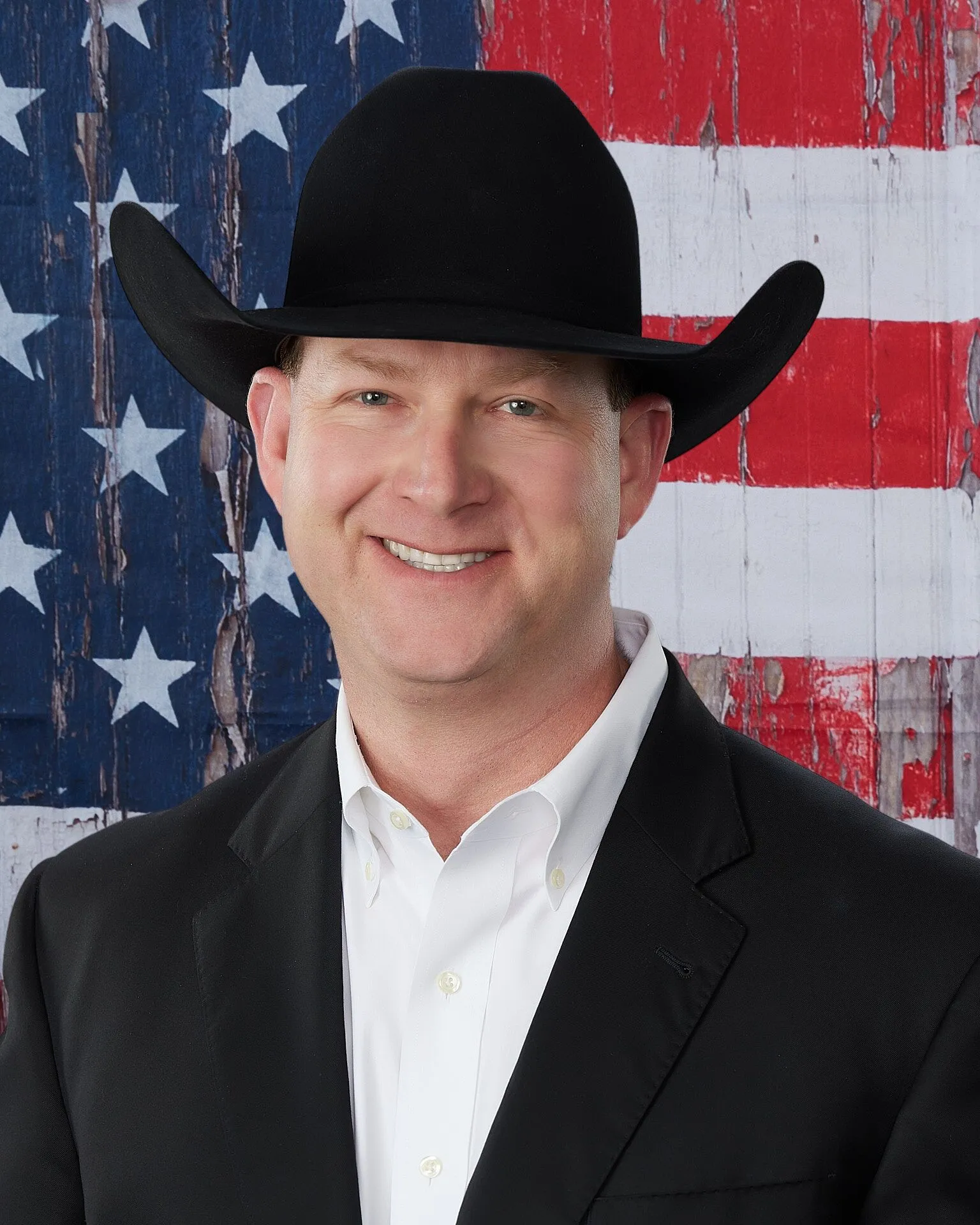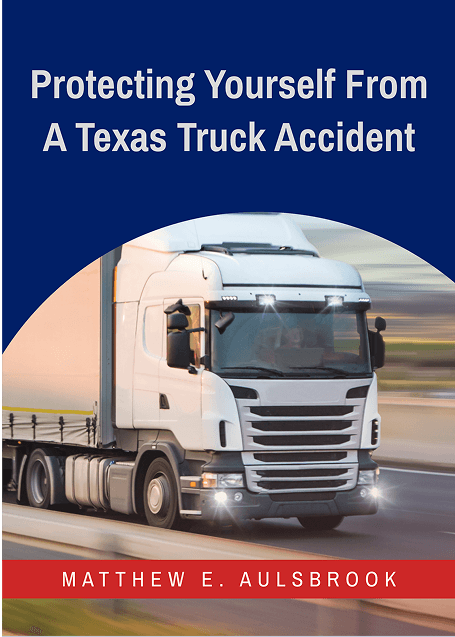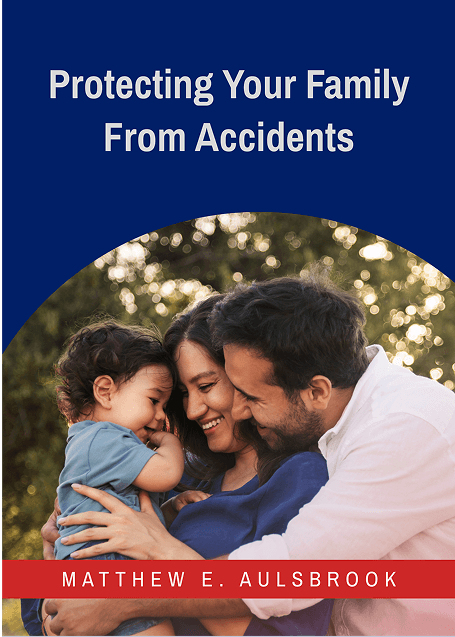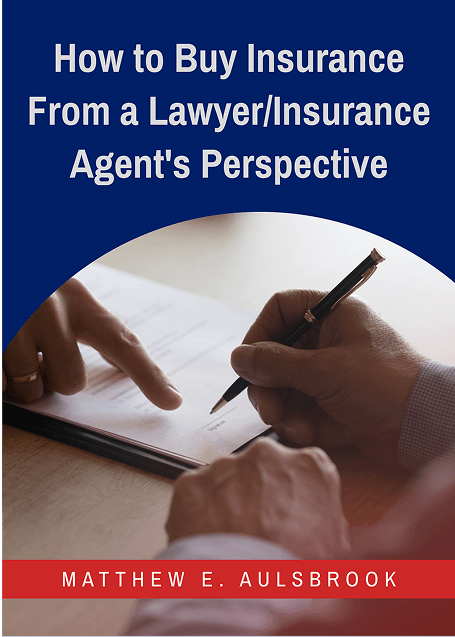Ride-sharing services are already a key U.S. transport option, with their rise set to continue. For example, Fortune Business Insights data shows us that Uber reported an 18% year-on-year rise in bookings, plus a 20% year-on-year revenue increase during Q4 in 2024.
And the global ride-sharing market is set to leap from $123.08 billion by the end of 2024 to $480.09 billion by 2032.
Also on the rise: robotaxis. Gone are the days of human-only A to B options. Since robotaxis were launched in the U.S. in 2022 (and made $1.71 billion by the end of that year), robotaxi revenue has risen exponentially, and study data suggests that it’s set to hit $118.61 billion by 2031.
This study explores the growing competition between human-driven taxi services and autonomous rides. Using both national and Texas-specific safety, efficiency, and perception data, we look at how each kind of rideshare option performs, and also consider issues regarding the state’s unique road conditions and regulatory climate.
Texas is the country’s leading autonomous vehicle adoption state, with active robotaxi pilots in Austin, plus expansions planned for Dallas, Houston, and San Antonio.
Our findings underscore where human judgment still outperforms automation – and emphasize the fact that, generally speaking, robotaxis deliver many safety and logistical gains.
The rise of robotaxis has huge implications for Texas’s roads, workforce, and legal landscape. And when we look at a direct safety comparison between human-driven taxis and robotaxi alternatives, we can see a marked differential that has the potential to completely transform the future of Texas transportation.
A Safety Comparison: Robotaxis and Human-Driven Taxis
Human-driven rideshares are and will continue to be a huge part of the U.S. transportation network. However, their safety profile shows clear vulnerabilities when we compare them to the emerging robotaxi model.
Human-Driven Rideshare Risks
Based on our analysis of NHTSA and market data, it shows that Americans take roughly 1.35 million Uber and Lyft rides each day. Rideshare passengers are involved in 1.2% of all U.S. traffic fatalities, and pedestrian deaths linked to rideshare crashes have risen 20% since 2018. 42% of drivers report at least one accident during their rideshare career, and distracted driving (primarily due to mobile phone use) is the reason for a rideshare crash in 70% of cases.
The fatal crash rate for rideshare drivers is 9.4 per million trips; between 2019 and 2020, from 38,000 collisions, 20 drivers died.
Alcohol remains a significant factor in rideshare safety. Crashes involving rideshare users are 1.5 times more likely on weekends, and about 8% of rideshare-related crashes involve a drunk driver.
While some urban areas have seen up to a 14% drop in drunk-driving arrests with the rise of rideshares, alcohol- and distraction-related crashes continue to be a concern.
Fatigue is another major risk, as many drivers work long hours well beyond recommended safety limits. Safety issues also extend beyond collisions: rideshare companies reported 4,600 serious sexual assaults in 2019, and Uber and Lyft together documented 2,717 serious assaults between 2021 and 2022.
In Texas, urban rideshare collisions often occur on high-speed corridors like I-35 and I-45, where even minor judgment errors can be fatal.
Robotaxi Rideshare Risks
When it comes to robotaxis, the human risk element has been removed. And there are clear benefits.
For example, Waymo’s fleet logged over 71 million rider-only miles by March 2025, with 96% fewer intersection crashes, 88% fewer any-injury crashes, 79% fewer serious injuries, and 78% fewer airbag deployments than human-driver benchmarks. There were also no published fatalities across over 10 million paid Waymo rides (though isolated collision reports remain under investigation).
On the flipside, Austin’s first week of Tesla robotaxi rides saw at least 11 documented issues, including instances of ‘phantom braking’, wrong‑way entries, and mid‑intersection stops. NHTSA has also logged video evidence of Tesla robotaxis failing to yield to emergency vehicles and running amber and red lights.
According to Tesla’s own Vehicle Safety Report (2024), Model 3 occupants experience about 40% fewer injuries than the national average during equivalent collisions, and a crash every 5.39 million miles with Tesla’s Autopilot system engaged, compared to one per 1 million miles with Autopilot disabled.
(That’s compared with a U.S. baseline figure of one crash per 0.67 million miles.) Note: the Tesla figures reflect supervised driver-assistance, not rider-only robotaxis.
The first robotaxi fatality (2018) occurred during an Uber test with a backup driver present; NHTSA data shows that driverless vehicles average 9.1 crashes per 1 million miles compared to 4.2 crashes over the same distance.
These combined results highlight the mixed bag that robotaxi technology represents. While top autonomous performers post impressive safety metrics, incidents involving stalled or malfunctioning robotaxis in active lanes highlight the importance of redundancy and responsive human oversight.
In Texas, first responder reports note difficulties in quickly disabling robotaxis after collisions, a factor that sometimes delays roadway clearance.
So, while the robotaxi results are broadly encouraging, there’s still plenty of room for improvement – with human assistance often crucial. As we move ahead, the question of regulation versus autonomy will continue to be a key issue.
Government Oversight and Regulation
Autonomous vehicles are subject to evolving oversight at both the federal and state levels. Texas SB 2205 legislation mandates disengagement logging and public incident reporting for autonomous vehicle tests in Austin and Dallas, reflecting the state’s growing regulatory role. But regulatory oversight is significant across America.
The NHTSA opened investigations into Tesla’s robotaxi programs after multiple collisions and also introduced the Automated Vehicle Framework to promote voluntary safety case filings and public transparency through the ‘AV TEST’ dashboard. Waymo recalled over 1,200 vehicles in 2025 due to a barrier-collision risk. And there are ongoing federal probes into Cruise after a pedestrian was killed by an autonomous vehicle in San Francisco.
While these measures aim to protect public safety, Texas regulators face pressure from both technology companies and consumer advocacy groups.
Lawmakers are currently considering whether to force robotaxi operators to employ remote human monitoring at all times, a move that would slow autonomous vehicle adoption but address significant, ongoing safety concerns.
In Austin, 120 autonomous vehicle incidents have been logged over two years, including 45 in 2025 across Waymo, Cruise, and Tesla (dashboard noted as incomplete/unvalidated), reinforcing the call for continuous safety oversight. And, increasing safety metrics aside, other key factors also continue to drive the robotaxi market.
Efficiency and Logistics
Efficiency gains are one of the strongest selling points for robotaxis, particularly in high-density Texas markets. A quick look at the comparative figures outlines this key differential.

When we look at human-driven rideshare efficiency figures, we can see that the average dispatch time is 5.8 minutes, the net operator cost per mile runs between $1.80 and $2.50, and that idle miles comprise 15% of the total number.
Whereas, with robotaxis, you’re looking at a 4.7-minute average dispatch time (20% faster), a far cheaper outlay per mile ($0.30 to $0.50), and an idle miles figure that’s almost half that of human driver numbers (8%).
Currently, Waymo reports approximately 100,000 paid weekly rides across Phoenix, San Francisco, and Los Angeles. The provider will pass 10 million total paid trips by 2025, clear evidence of maturing demand that could translate to Texas markets. Yet, Uber delivered 5.6 billion rides in the U.S. in 2022, with Lyft reporting 1.5 billion: clearly, that’s a huge gulf for robotaxis to bridge to significantly reshape the market.
Tesla’s Austin pilot has offered $4.20 fixed fares across a 10 to 20 vehicle fleet and a stated plan to scale to 1,000 robotaxis by mid‑2025 – all contingent on performance and oversight.
Additionally, despite dispatch and idle‑mile advantages, autonomous fleet costs remain high. Ultimately, profitability issues may slow down robotaxi growth until at least 2035. And there’s also the matter of how consumers feel about the switch to consider.
Public Perception
Consumer trust remains the defining hurdle for autonomous vehicle adoption, with various data examples emphasizing the issue. According to Pew Research figures, 75% of people polled favor a slower autonomous vehicle rollout, while 26% would never ride in a driverless car.
The AAA (2025 figures) suggests that only 13% of U.S. drivers would trust riding in a self-driving vehicle (although this is up from 9% in 2024), while Forbes Advisor suggests that 93% of those canvassed expressed robotaxi safety concerns.
Overall, enduring concerns – about software reliability, hacking risks, and unclear liability after an accident – remain key barriers to U.S. robotaxi uptake. And yet, Texas is far more receptive to robotaxis than the national average (63% of Americans are ‘cautious’ about self‑driving cars, with just 32% ‘confident’), especially younger riders who cite convenience and cost savings. And while Texas leads the nation in robotaxi expansion, its roadways continue to provide a unique testing ground.
Robotaxis in Texas
Texas’ receptivity to robotaxi uptake has already borne significant results. Tesla has expanded its Austin service zone from 5 to 10 square miles, despite numerous issues and incident reports.
And although teething issues continue – first responders in Austin still report delays when attempting to revive stalled robotaxis, which can seriously impact emergency response times – Dallas and Houston rank among the top U.S. rideshare markets, making them prime candidates for further robotaxi integration. (Waymo will launch in Dallas in 2026.)
Still, there’s no doubt that geography will play a significant role in Texan robotaxi success levels (as it will across the country). All urban environments demand precise lane changes and exacting pedestrian detection systems, while rural highways test long-range sensors and fuel efficiency.
But add Texan weather extremes (in particular flash floods and dust storms), and it’s clear that success in Texas could be a key barometer regarding robotaxi success across the U.S.
And it’s not all about geographical determinants and the weather. It’s also about the time of day – or night.
Texas Nighttime Rideshare Factors
Rideshare availability correlates with a 14% drop in drunk-driving arrests. That said, drunk-driving incidents still comprise an estimated 15% of alcohol‑related crashes involving rideshare users – a figure that rises on weekends.
With this in mind, it’s clear that robotaxis may curb intoxicated driving – no human driver equals no intoxicated driver. For this factor to become a significant advantage, other Texan nighttime robotaxi issues (reported wrong‑lane entries and sudden stops, for example) must be corrected.
Similarly, Texas must also fully establish robust late‑night routing, lighting, and emergency‑vehicle detection safeguards.
The Human Factor
As things stand, human drivers retain an advantage over autonomous drivers when it comes to off‑map navigation, complex construction zones, and the ability to improvise during infrastructure failures or floods—common Texan occurrences.
And Robotaxis still require human help: Cruise has reported 16 autonomous vehicle disengagements per million miles. And, as mentioned earlier, Austin officials continue to report challenges in securing or moving stalled robotaxis to clear traffic lanes.
While the Texas legislature (SB 2205) logging and incident disclosure can help to reduce these gaps, local policymakers may well need to impose perpetual human monitoring of autonomous vehicles to improve real‑time intervention in extreme cases.
Liability, Consumer Safety, And The Law In Texas
Human rideshare risks include distraction, fatigue, intoxication, and sexual assault. While robotaxis remove driver‑passenger issues, they introduce new commonplace dangers: sensor and mapping liabilities, emergency‑response complications when vehicles stop in active lanes, the potential for pedestrians to become struck or pinned due to erratic vehicle behavior, failing to observe red lights, and numerous other examples.
Plus, there’s the volatile question of liability and the legal question of fault among manufacturers, software providers, fleet operators, and, in transitional systems, safety supervisors.
As robotaxi deployments expand from Austin to Dallas, Houston, and San Antonio, legal exposure will hinge on incident data, compliance with SB 2205 reporting, and an evolving federal oversight record.
State Landscape Snapshot: Texas, California, and Arizona
National Robotaxi Adoption and Incident Frequency
While Texas is at the forefront of autonomous vehicle adoption, its success can in part be measured by comparing its progress against robotaxi roll-out across the rest of the country.
Using the latest data from the NHTSA, autonomous vehicle company safety hubs, and state regulatory filings, we mapped both adoption rates and incident frequency across all 50 states.
Texas does stand out, not only for its early and aggressive expansion of robotaxi services in cities like Austin, Dallas, Houston, and San Antonio, but also for its higher‑than‑average incident reporting rate, driven in part by strong public‑incident disclosure laws (SB 2205).
In fact, Texas’s incident rate (7.5%) is second only to California’s (7.9%), with the latter also ranking first in the U.S. for autonomous vehicle adoption.
The Map above reveals the states with the fastest scaling autonomous vehicle deployments and shows how Texas compares as both an autonomous vehicle pioneer and a regulatory test case for safety standards. Ultimately, Texas ranks among the top five states for autonomous vehicle adoption..
Safety, Liability, And The Road Ahead
Overall, we feel that, while robotaxis bring notable safety and efficiency gains, human drivers still hold key advantages when it comes to snap judgment and improvisational adaptability.
Texas’s rapid adoption of autonomous fleets, combined with strong regulatory oversight, will surely influence not only the state’s road safety but also the future of rideshare nationwide.
For riders, drivers, and fleet operators alike, understanding the legal implications of these emerging technologies is critical. A skilled car accident lawyer in Texas can provide guidance on liability issues, safety disputes, and evolving regulations as the industry continues to transform.
That’s where we come in. If you’ve been injured in a car accident in Texas, you’re likely feeling overwhelmed and unsure of what to do next. To receive maximum compensation for your damages, it’s important to partner with an experienced car accident lawyer in Texas.
Don’t wait until it’s too late; contact The Texas Law Dog today for a free legal consultation. We don’t just bark, we bite.
Methodology And Definitions
- Autonomous vehicle and human driver datasets often carry varying definitions of ‘crash’. Waymo notes that the NHTSA estimates 60% of property‑damage‑only crashes and 32% of injury crashes go unreported to police, complicating direct comparisons to autonomous vehicle logs.
- The autonomous vehicle adoption rate heatmap methodology is based on pilot program presence, fleet size, and paid ride volume. Data sources include the Waymo Safety Hub (March 2025), Tesla’s Vehicle Safety Report (2024), Cruise deployment data, Texas Monthly, and Electropages.
- The incident rate methodology is based on reported crashes, disengagements, and regulatory investigations. Data sources include the NHTSA Automated Vehicle Safety Reports, Uber’s US Safety Report (2021–22), Tesla’s FSD investigations, and Cruise pedestrian fatality reports.
- Where possible, our analysis normalizes comparisons around injury‑causing events, airbag deployments, and severe‑incident thresholds, and separates supervised driver‑assist systems (for example, Tesla’s AP) from rider‑only robotaxi operations.










